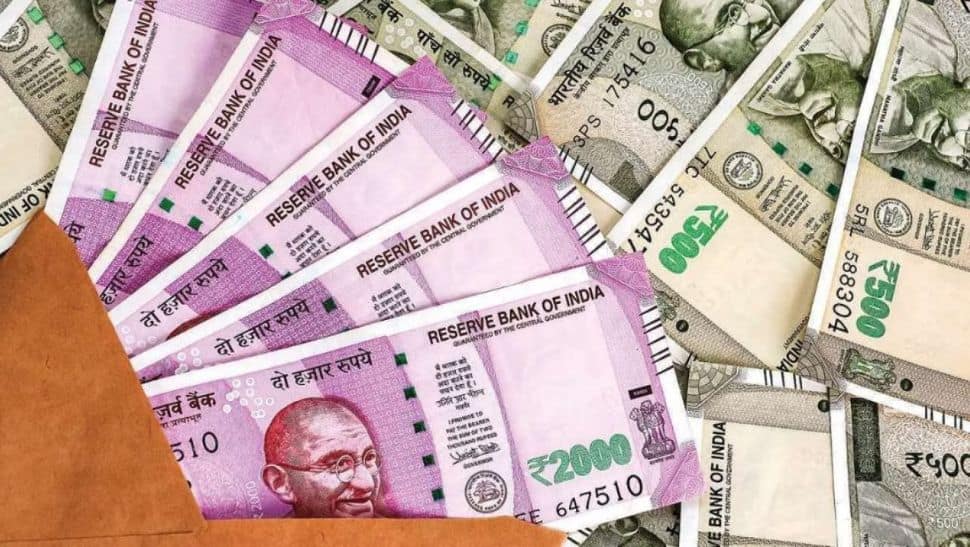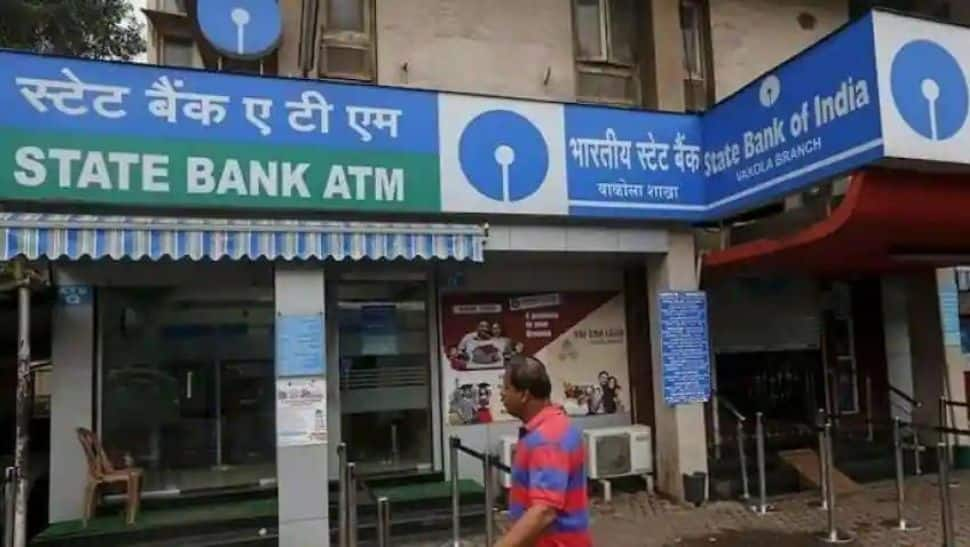)
The list of specified investment products in Section 80C of the Income Tax Act allows for tax savings of up to Rs 1.5 lakh every fiscal year. They include tax-saving fixed deposits (FDs) with banks or the post office, pension plans, Equity Linked Savings Scheme (ELSS), life insurance to debt-oriented products like National Savings Certificates (NSC), Provident Fund (PF), and FDs with banks or the post office.
NSCs and tax-saving FDs both have a five-year lock-in period, so those with shorter time horizons may want to take these into consideration.
Here is a comparison of how well NSCs and SBI tax-saving FDs fare as tax-saving investments.

A fixed-income post office savings programme is called a National Savings Certificate (NSC). To activate this programme, a person must go to the post office. This investment option carries a low risk as the government backs it.

The latest interest rate on NSC is 7.7 percent.

The minimum deposit required to start an NSC account is Rs 1000, and subsequent deposits must be made in multiples of Rs 100. The maximum amount you can invest in this plan is unrestricted.

National Savings Certificate (NSC) interest is compounded annually and paid upon maturity.

Through the exemption provided by Section 80C of the Income Tax Act of 1961, tax-saving fixed deposits assist you in reducing your taxable income.

Interested ones can get interest rates up to 6.5 percent on SBI tax savings fixed deposits.

SBI's tax-saving fixed deposit can be opened for as little as Rs 100 and as much as Rs 1.5 lakhs.

The SBI tax-saving deposit gives interest payments either monthly or quarterly.